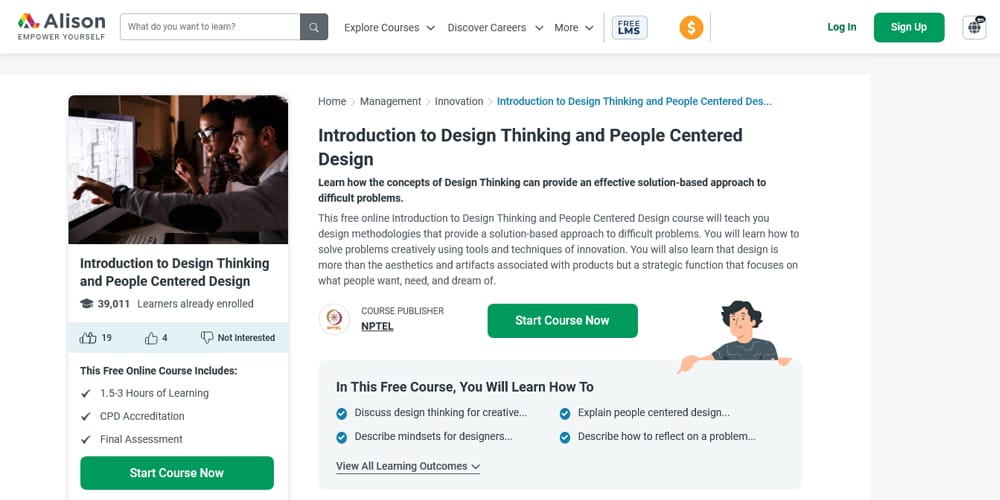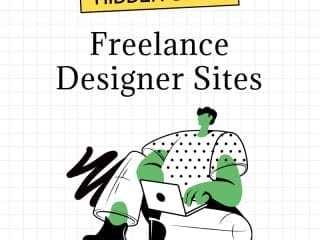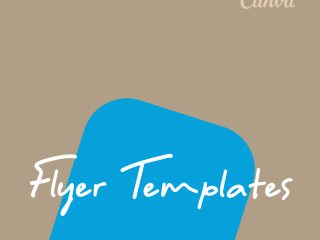Master the Art of Design Thinking with Free Online Courses
Design thinking is a problem-solving approach that emphasizes empathy, creativity, and collaboration. It involves understanding user needs, defining the problem, generating ideas, prototyping solutions, and testing them. By taking free online courses in design thinking, you can master this valuable skillset and apply it to various real-world scenarios.
Importance of Design Thinking
Design thinking is important because it helps individuals and organizations approach problems in a structured and innovative way. It encourages collaboration, empathy, and creativity, leading to more effective solutions. By understanding user needs and continuously iterating, design thinking can drive meaningful change and improve outcomes.
The Process of Design Thinking
The process of design thinking involves several key steps to generate innovative solutions. These steps include empathizing with users to understand their needs, defining the problem, ideating potential solutions, creating prototypes, and testing them. This iterative process allows for continuous improvement and user-centered design.
Empathize
In the empathize stage of design thinking, the focus is on understanding the needs and experiences of the users. This involves immersing oneself in their perspective, conducting interviews, observations, and surveys to gain insights. It is crucial to listen actively and develop empathy towards the users’ challenges and aspirations.
Define
In the define stage of design thinking, the goal is to analyze and synthesize the information gathered during the empathize stage. This involves identifying patterns, insights, and opportunities for innovation. The team works together to clearly define the problem or challenge that needs to be addressed.
Ideate
In the ideate stage of design thinking, the goal is to generate a wide range of ideas and potential solutions to the defined problem. This involves brainstorming and thinking outside the box, encouraging all team members to contribute their thoughts and insights. The focus is on quantity rather than quality at this stage, with the belief that a large pool of ideas increases the likelihood of finding innovative solutions.
Prototype
In the prototype stage, ideas from the ideation phase are transformed into physical or digital prototypes. These prototypes serve as a tangible representation of the potential solutions and allow for testing and refinement. The goal is to gather feedback and make necessary improvements before moving on to the next stage.
Test
In the test stage, the prototypes created in the previous stage are evaluated and refined. This involves gathering feedback from users and stakeholders to identify what works well and what needs improvement. The goal is to ensure that the final solution meets the needs of users effectively.
Benefits of Learning Design Thinking
Learning design thinking offers several benefits, such as enhanced problem-solving skills, increased innovation and creativity, and a user-centric approach. This methodology encourages individuals to think outside the box and find innovative solutions to complex problems. By understanding the needs of users, designers can create products and services that truly meet their requirements.
Problem-solving Skills
Learning design thinking helps develop strong problem-solving skills. This approach teaches individuals to analyze complex problems, break them down into smaller components, and brainstorm innovative solutions. By practicing design thinking, learners can enhance their ability to tackle challenges effectively and find creative solutions that meet the needs of users.
Innovation and Creativity
Learning design thinking fosters innovation and creativity. By encouraging individuals to think outside the box, explore new perspectives, and challenge assumptions, design thinking opens up possibilities for innovative solutions. It empowers learners to generate fresh ideas, push boundaries, and create impactful solutions that drive positive change.
User-Centric Approach
Design thinking emphasizes a user-centric approach, putting the needs and experiences of the end-users at the forefront. By understanding their perspectives, preferences, and pain points, designers can create solutions that truly meet their needs. This approach ensures that the final product or service is tailored to the users’ requirements and delivers a seamless experience.
Tips for Making the Most of Online Design Thinking Courses
To get the most out of online design thinking courses, set clear goals, actively engage with the material, practice iteratively, collaborate with peers, and reflect on your learnings. These tips will help you maximize your learning experience and apply design thinking effectively in real-world scenarios.
Set Clear Goals
When taking online design thinking courses, it’s important to set clear goals for what you want to achieve. This will help you stay focused and motivated throughout the course. Whether it’s improving your problem-solving skills or learning how to apply design thinking in your work, having clear goals will guide your learning journey.
Engage Actively
To make the most of your online design thinking courses, it’s crucial to engage actively. Participate in discussions, ask questions, and share your ideas with fellow learners. Actively completing assignments and exercises will deepen your understanding and enhance your learning experience. Stay engaged throughout the course for optimal results.
Practice Iteratively
To truly master design thinking, it’s important to practice iteratively. This means continuously refining your ideas and solutions through multiple cycles of testing and feedback. By embracing this iterative approach, you can improve your problem-solving skills and enhance the effectiveness of your designs.
Collaborate with Peers
Collaborating with peers is a crucial aspect of learning design thinking. Engaging in discussions and group activities allows you to gain different perspectives, exchange ideas, and receive feedback. By working together, you can enhance your problem-solving skills and come up with more innovative solutions.
Reflect on Learnings
Reflecting on your learnings is a crucial step in the design thinking process. Take time to evaluate your experiences, identify areas for improvement, and consider how you can apply what you’ve learned in future projects. This reflection helps deepen your understanding and enhances your ability to approach challenges with a design thinking mindset.
Real-World Applications of Design Thinking
Design thinking has found applications in various industries and sectors. It is widely used in product development to create innovative and user-centered solutions. In the field of education, design thinking helps educators develop engaging and effective teaching methods. Additionally, healthcare professionals use design thinking to improve patient experiences and create better healthcare services.
Design Thinking in Product Development
Design thinking is widely used in product development to create innovative and user-centered solutions. By empathizing with users, defining their needs, ideating potential solutions, prototyping and testing them, design thinking helps companies develop products that truly meet customer demands.
Design Thinking in Education
Design thinking is also valuable in the field of education. It encourages teachers to understand students’ needs and challenges, fostering a more student-centered approach to learning. By applying design thinking principles, educators can create innovative teaching methods and curriculum designs that better engage students and cater to their individual learning styles.
Design Thinking in Healthcare
Design thinking is also making waves in the healthcare industry. By applying design thinking principles, healthcare professionals can better understand patients’ needs and develop innovative solutions to improve patient care. Design thinking helps in creating patient-centered approaches and designing user-friendly medical devices and technologies.
In conclusion, design thinking is a powerful approach that fosters innovation and problem-solving skills. By taking advantage of free online courses, individuals can master the art of design thinking and apply it to various industries, including healthcare. Start exploring these courses today to unleash your creativity and enhance your problem-solving abilities.
Online Courses for Mastering Design Thinking
There are multiple platforms that provide online courses to help individuals master design thinking. In this post, we have selected some of the finest online courses for you to consider.
See also
The World of Design Thinking
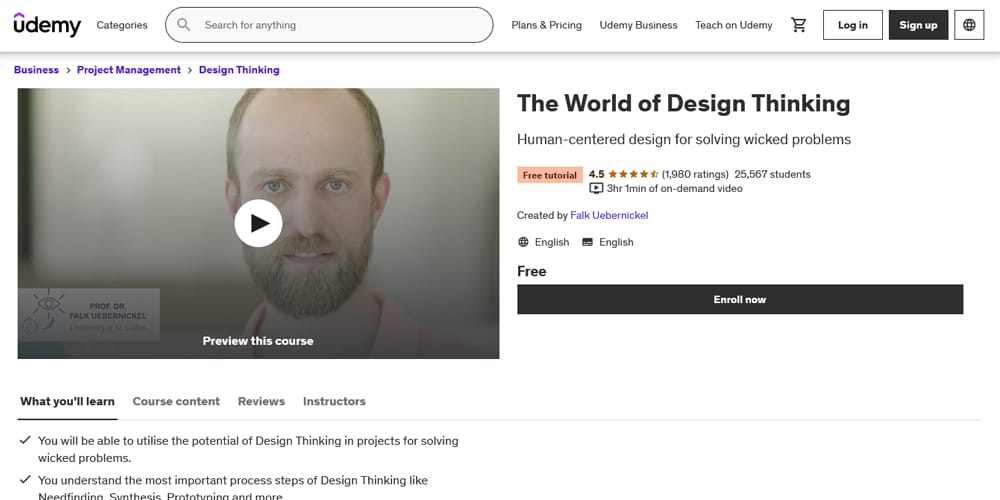
Analysis of Everyday Things

Design Thinking for Innovation

Design Thinking for the Greater Good – Innovation in the Social Sector
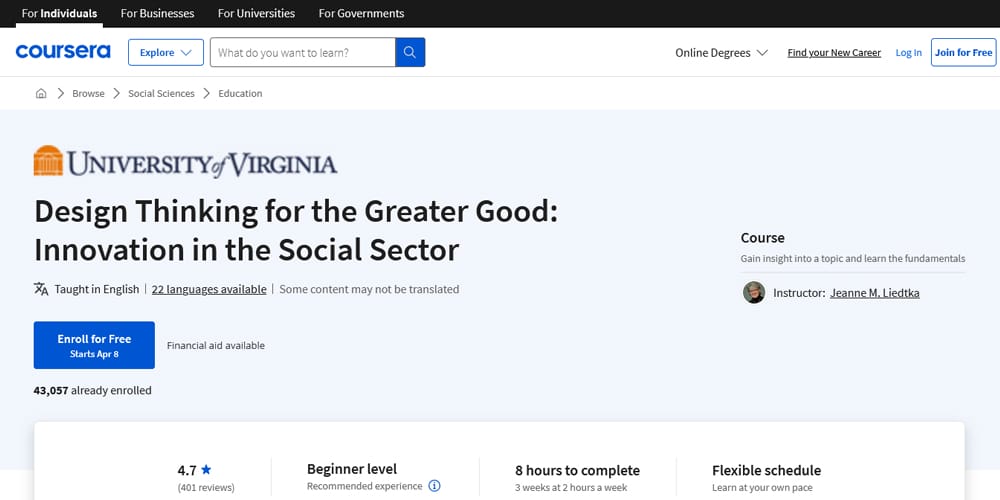
Design Thinking Basics

Design Thinking for Beginners

Path to Innovation with Design Thinking

Design Thinking Fundamentals
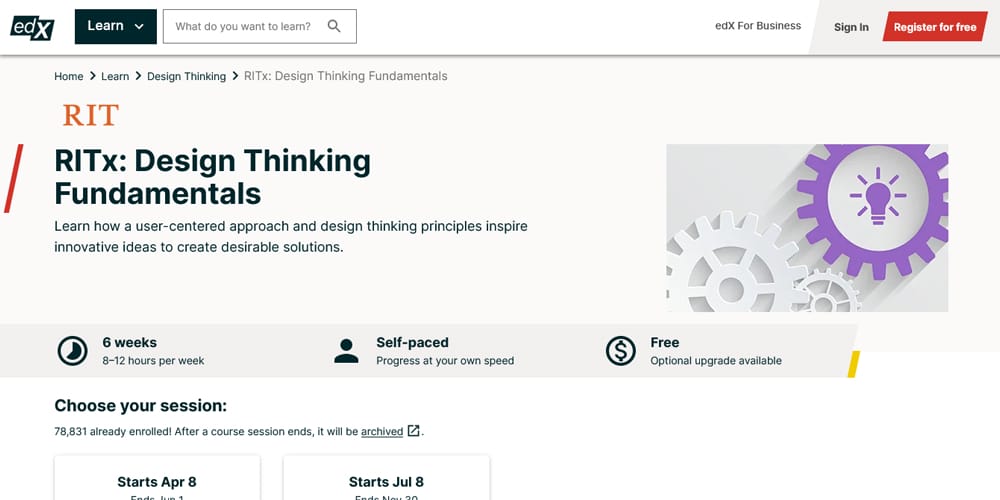
Design Thinking – Prototyping and User Testing
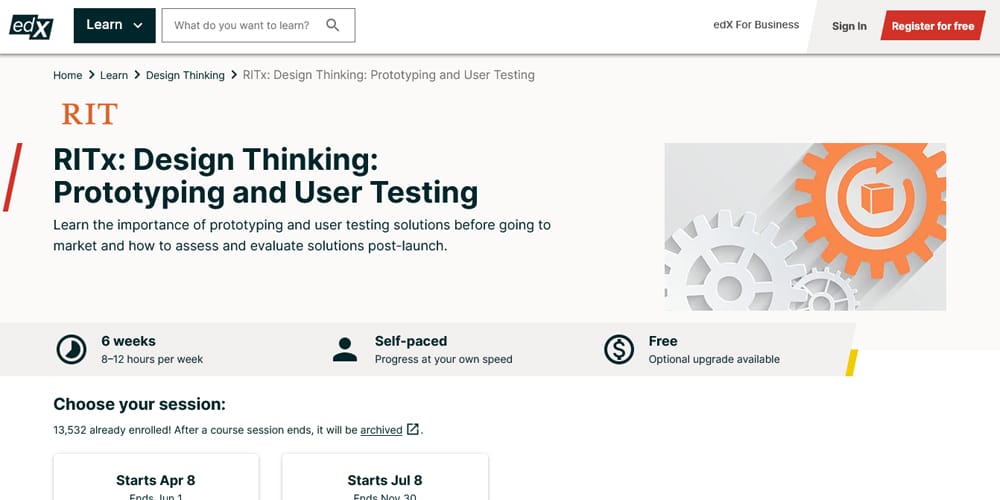
Design Thinking Online Course
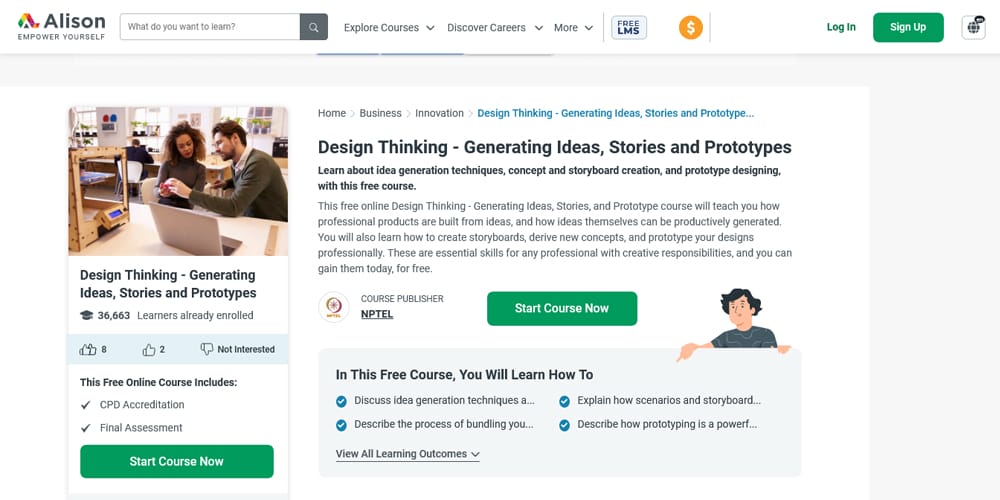
Introduction to Design Thinking and People Centered Design
